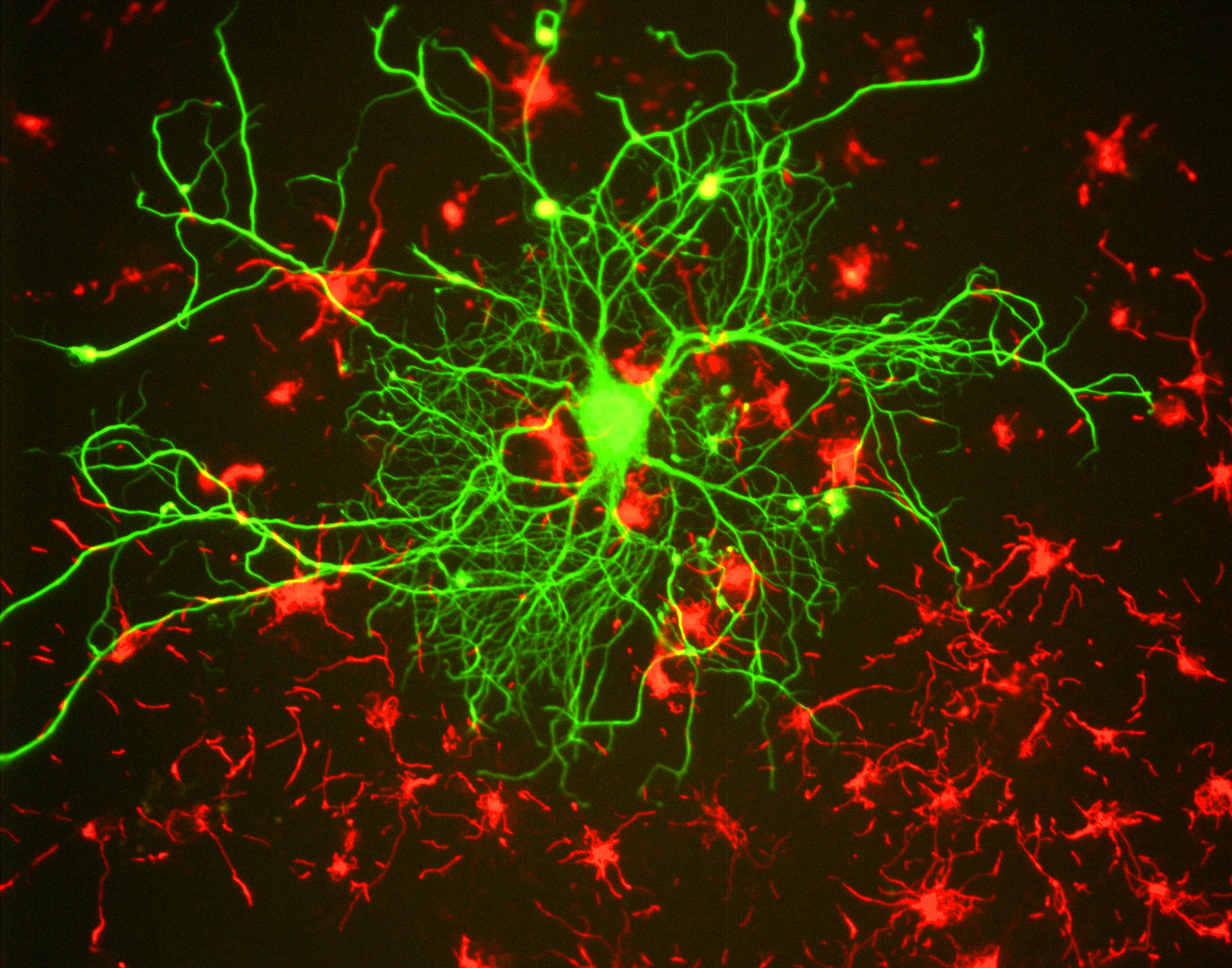Props to the person who goes through all of the extra efforts to make your own pizza dough. Really, though, good for you. Having made my own and tried various store bought alternatives, however, I have decided that Trader Joe's garlic-herb pizza dough does the trick. In my tiny nook that resembles a sorry excuse for a kitchen, I simply don't have the space to make my own dough even if I had all the time in the world. Unless you are an avid baker with all the accouterments that entails, store-bought is the most practical option for a busy college kid. Quick side note: as I so often stumble across trends long after they have been plastered on everyone her mothers' pinterests, I recently discovered the phenomenon that is the cauliflower crust. As I say to my mother nearly every time she calls me, Google it. I haven't tried it yet, but I look forward to doing so this Christmas break!
With that said, I improvised a yummy pizza last Friday for my brother's holiday fiesta. I wanted to jot this down somewhere before I forgot what I did!
Ingredients:
1-2 cups Brussels sprouts, trimmed outer leaves removed, and sliced thinly into shreds
2-4 shallots, thinly sliced
1/2 head cauliflower florets
4 tablespoons sweet chili sauce
1/2 container Trader Joe's Bruschetta
1 round fresh pizza dough
Salt & Pepper to taste
Mozzarella cheese (or any other shredded cheese you like on pizza)
3 large garlic cloves (left in paper)
1 tablespoon olive oil
Feta cheese (crumbled on top of pizza)
1/2 teaspoon dried oregano
1 tablespoon fresh thyme
1 large handful fresh cilantro
Procedure:
1) Roast garlic cloves and cauliflower with some salt, pepper, and olive oil at 425 degrees until lightly browned. Time can vary depending on how you much crunch you want in your cauliflower at the end. I don't mind it being pretty soft by the time the pizza is done baking. NOTE: remove garlic after a few minutes once it's softened. DON'T LET IT BURN! Mince/mash removed garlic cloves
2) In a mixing bowl, combine roasted cauliflower, shallot, brussels, herbs, roasted garlic, and 2 Tbsp sweet chili sauce. Get yer hands dirty here and really mix it all up!
3) Flour a baking sheet or pizza stone and roll out pizza dough.
3) NOTE: I used the Trader Joe's Bruschetta because I had some handy, but I also like using fresh thinly sliced roma tomatoes as a base. However, because tomatoes aren't in season (and the produce at my local grocer in South Central LA is piss-poor) in the winter, I might also try canned tomatoes (try to get rid of as much juice as possible) as the tomato-y base.
*So I started by spreading the remaining 2 Tbsp chili sauce to coat the pizza dough, then I added the tomato base (bruschetta, getting rid of excess moisture by gently wringing it out with my hands--it's fun to get messy, folks).
4) Sprinkle thin layer of mozzarella cheese.
5) Spread your toppings to cover the whole pizza. It will seem like a lot, but just go with it.
6) More shredded cheese & feta to your liking
7) Bake at 425 for around 15 minutes or until crust is nice deep brown (however you like your crusts). Might want to finish it with a little kosher salt.
ENJOY!
On a completely separate note, I tried making these Apple-Kale Muffins and they are a surprisingly delicious way to incorporate more Kale into my diet. Some modifications I made/would make in the future:
-1-2 tablespoons brown sugar (she says she doesn't like her stuff as sweet)
-I used 3 small fuji apples and 6 babe carrots, but I would add more apple
-I added a little extra cinnamon
-I used frozen (defrosted) Kale b/c it's what I had, but I would wring out a little excess water or use fresh Kale if possible
-Add streusel topping
-I added frozen berries, but I would stick to dried berries (fresh/frozen imparts a little too much moisture for me)
-Added 2 Tbsp each of pepitas & sunflower seeds, plus 1.5 Tbsp flaxseed
Coming next: I think I might be developing an obsession with rutabagas (and not just because the word "rutabaga" is fun to say). Also, chicken-tortilla soup, turkey burgers with beer-carmelized onions, turkey meatballs, and my asian thousand-island!








